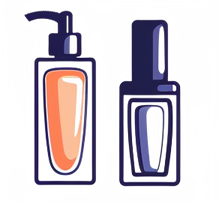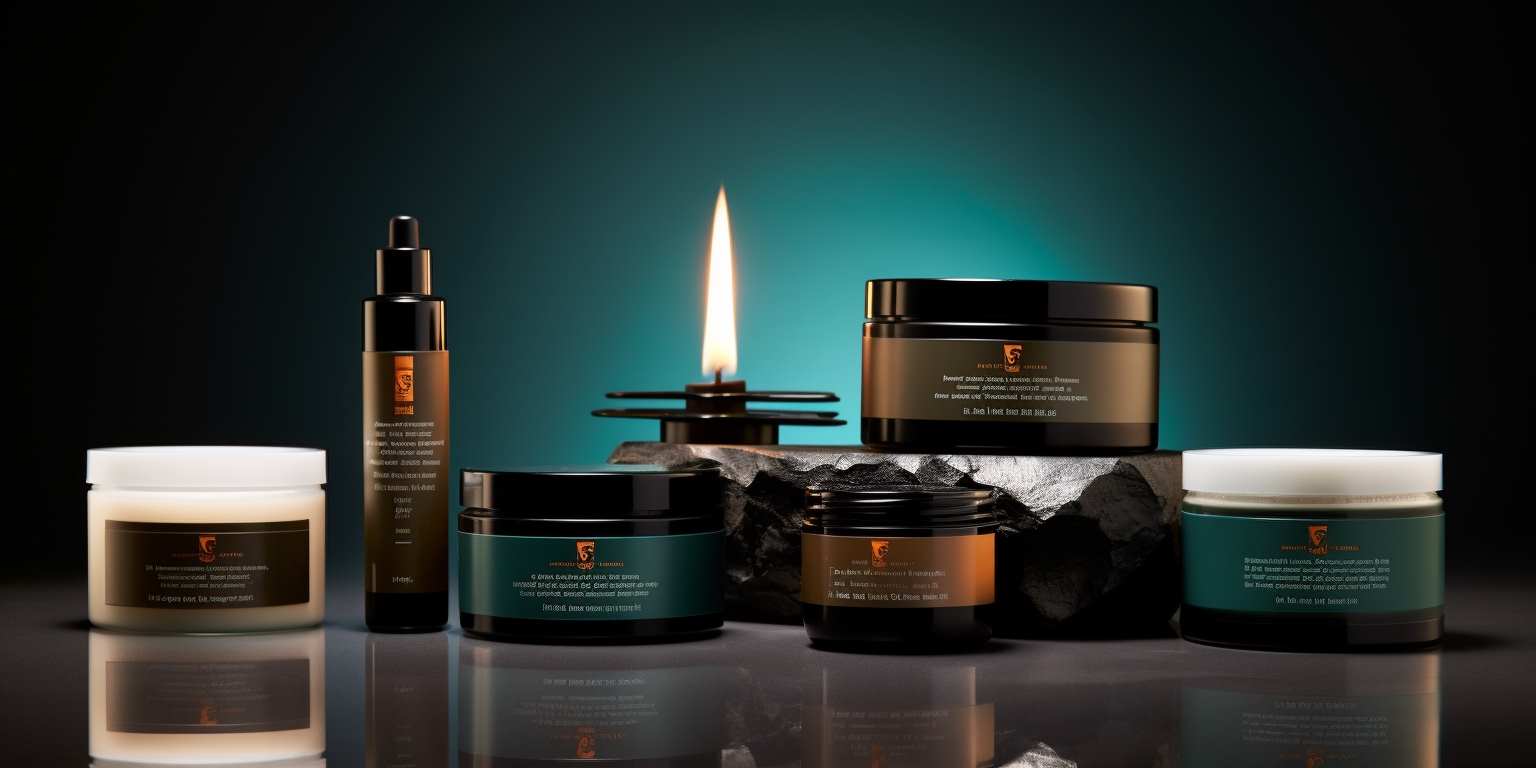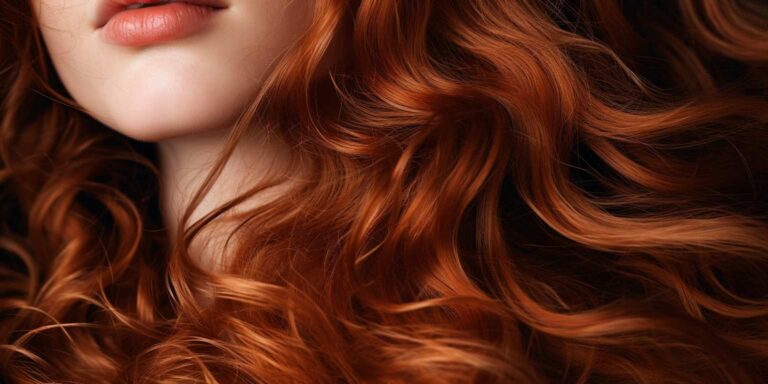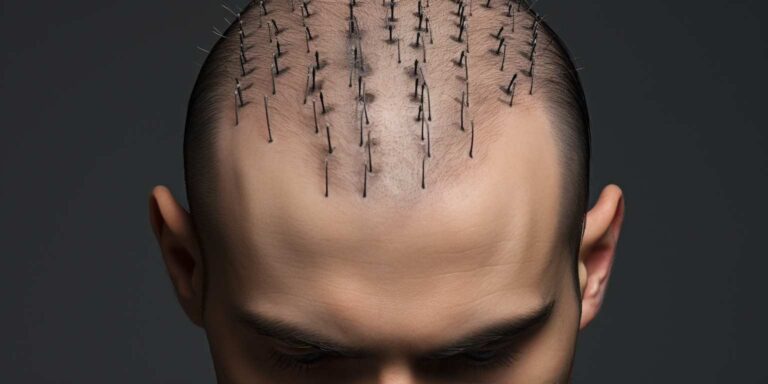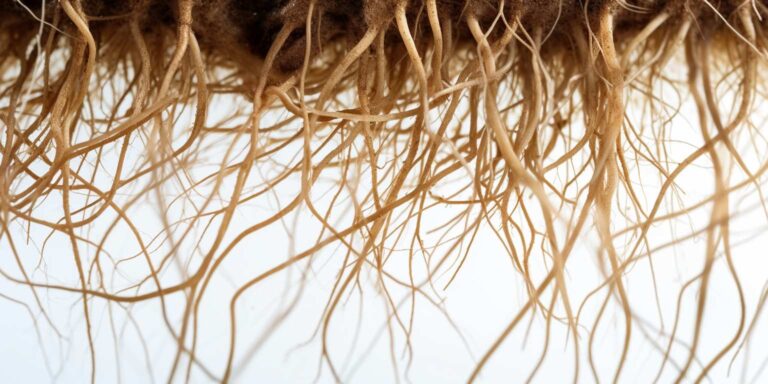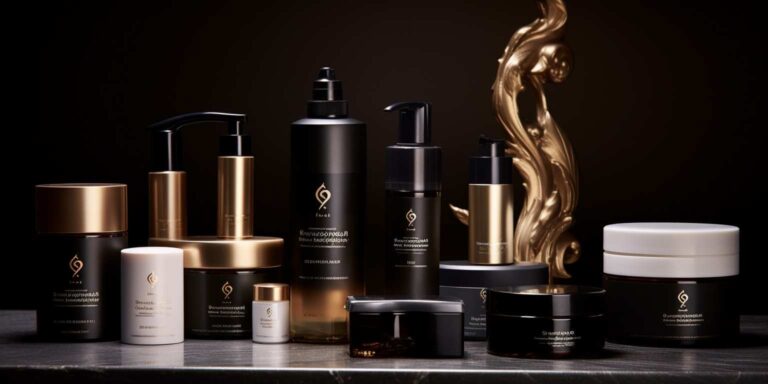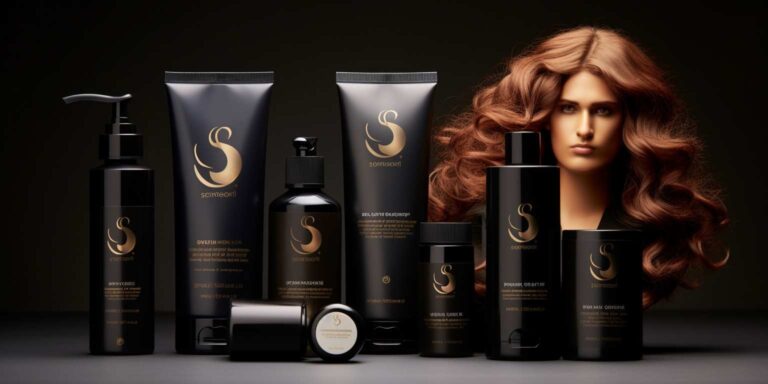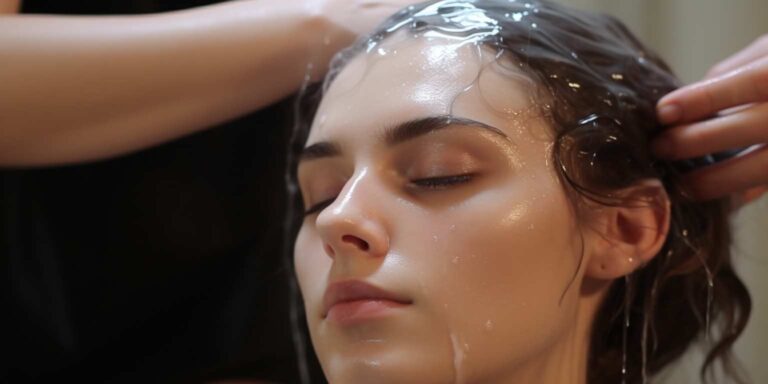Balancing act: shampoo for oily scalp and dry ends
For those grappling with an oily scalp and dry ends, the key lies in finding a shampoo that understands the dual nature of your hair. The oily scalp demands a formula that can effectively cleanse and regulate sebum production, while the dry ends crave nourishment and hydration. It’s a challenge many face, but fear not, for the beauty industry has answered the call with targeted solutions.
Enter the world of specialized shampoos designed explicitly for the balancing act your hair requires. These shampoos are formulated with precision, addressing the unique needs of both the roots and the tips. Imagine a tightrope walker with a pole perfectly weighted at both ends, ensuring a flawless performance – that’s the kind of equilibrium we’re aiming for with your hair care routine.
When it comes to dealing with an oily scalp, look for shampoos containing ingredients like salicylic acid or tea tree oil. These powerhouses work to unclog pores, control excess oil, and maintain a healthy scalp environment. They are the tightrope walker’s focused gaze, never losing sight of the end goal.
On the other hand, addressing those dry ends requires a different set of ingredients. Shampoos enriched with argan oil, coconut oil, or shea butter act as the safety net, catching any imbalance and restoring moisture to the hair shaft. The result is a harmonious blend, much like our tightrope walker gracefully reaching the other side.
Let’s break it down further with a hypothetical table:
| Concern | Recommended Ingredients |
|---|---|
| Oily Scalp | Salicylic Acid, Tea Tree Oil |
| Dry Ends | Argan Oil, Coconut Oil, Shea Butter |
High quality shampoo for oily scalp and dry ends
When it comes to caring for an oily scalp with dry ends, finding the right shampoo can be a game-changer. The challenge lies in balancing the needs of both conditions without exacerbating either. Fortunately, there are high-quality shampoos specifically formulated to address this unique hair dilemma.
Understanding the Causes: Before delving into the solution, it’s essential to comprehend why this hair type occurs. An oily scalp can result from overactive sebaceous glands, while dry ends often stem from factors like heat styling, chemical treatments, or environmental stressors. The combination presents a dual challenge of excess oiliness at the roots and parched strands at the tips.
Key Features to Look For: The ideal shampoo for oily scalp and dry ends should possess certain characteristics to effectively tackle both issues. Look for formulas that are sulfate-free to prevent stripping natural oils from the scalp, clarifying to remove excess oil buildup, yet moisturizing enough to hydrate and nourish dry ends.
| Feature | Description |
|---|---|
| Clarifying Properties | Helps to cleanse the scalp thoroughly without causing excessive dryness. |
| Hydrating Ingredients | Infuses moisture into dry ends to prevent breakage and split ends. |
| Balanced pH | Ensures the scalp’s natural pH is maintained, preventing overproduction of oil. |
Recommended Ingredients: Look for shampoos containing tea tree oil, which has antibacterial properties to combat excess oiliness, and argan oil, renowned for its moisturizing benefits for dry hair. Additionally, panthenol (provitamin B5) is excellent for hydrating and strengthening hair from within.
Application Tips: When washing hair with this type of shampoo, focus the product on the scalp, where oiliness is most pronounced, and gently massage to stimulate blood flow and ensure thorough cleansing. Allow the lather to run through the lengths of the hair to hydrate the dry ends without overloading them with product.
Affordable shampoo for oily scalp and dry ends reviews
Looking for the best affordable shampoo for oily scalp and dry ends can be a daunting task, with numerous products flooding the market promising miraculous results. However, not all shampoos are created equal, and finding one that effectively addresses both oily scalp and dry ends without breaking the bank requires careful consideration.
Here, we’ve compiled a list of top-rated shampoos that specifically target this common hair concern, providing reviews to help you make an informed decision.
| Shampoo | Key Ingredients | Benefits | Customer Rating |
|---|---|---|---|
| 1. Herbal Essences Bio:Renew | Argan Oil and Aloe | Hydrates dry ends while controlling oil production on the scalp | 4.5/5 |
| 2. OGX Tea Tree Mint | Tea Tree Oil and Peppermint Extract | Refreshes scalp, removes excess oil, and nourishes dry hair | 4.3/5 |
| 3. Pantene Pro-V Blends Micellar Shampoo | Micellar Water and Jojoba Oil | Gently cleanses scalp, balances oil production, and moisturizes ends | 4.4/5 |
Herbal Essences Bio:Renew shampoo is a popular choice among users, thanks to its revitalizing blend of Argan Oil and Aloe. It effectively moisturizes dry ends, leaving hair silky smooth, while controlling excess oil on the scalp. Customers praise its fresh scent and long-lasting results, making it a staple in their hair care routine.
OGX Tea Tree Mint shampoo is another favorite, especially for those who prefer a refreshing sensation. Infused with Tea Tree Oil and Peppermint Extract, it invigorates the scalp, removes buildup, and nourishes dry strands, resulting in healthy-looking hair. Users appreciate its cooling effect and ability to combat both oiliness and dryness effectively.
The science behind shampoo for oily scalp and dry ends
Understanding the intricacies of shampoo for oily scalp and dry ends requires delving into the science behind hair care. It’s a conundrum many face: how to tackle greasy roots without further drying out already parched ends. This balancing act is crucial for maintaining healthy hair.
Firstly, let’s dissect the root of the problem – the oily scalp. The scalp naturally produces sebum, an oily substance that moisturizes and protects the hair follicles. However, excessive sebum production can lead to a greasy scalp, often exacerbated by factors like hormonal imbalances, genetics, or environmental conditions.
When selecting a shampoo for an oily scalp, it’s essential to look for formulations that incorporate clarifying and purifying ingredients. These ingredients, such as salicylic acid or tea tree oil, work to cleanse the scalp deeply, removing excess oil and buildup without stripping it entirely.
On the other hand, addressing the issue of dry ends necessitates a different approach. Dry ends typically lack moisture and can become brittle and prone to breakage if not properly nourished. Shampoos formulated for dry ends often contain hydrating and moisturizing ingredients.
Hydrating agents like glycerin or hyaluronic acid attract moisture to the hair shaft, helping to restore its natural hydration levels. Meanwhile, emollients such as argan oil or shea butter work to seal moisture into the hair, preventing it from escaping and leaving the ends feeling dry and brittle.
However, finding a shampoo that effectively addresses both concerns can be challenging. This is where formulation science comes into play. Formulators must strike a delicate balance between cleansing the scalp thoroughly to remove excess oil while simultaneously nourishing and moisturizing the ends to prevent further dryness.
One approach is to use gentle surfactants that cleanse the scalp without being overly harsh or stripping. Cocamidopropyl betaine and sodium lauroyl sarcosinate are examples of mild surfactants commonly found in shampoos designed for this purpose.
Furthermore, incorporating conditioning agents into the shampoo formula can help to soften and smooth the hair, minimizing the appearance of dryness and split ends. Ingredients like panthenol or keratin derivatives can impart a protective coating to the hair shaft, reducing damage and improving overall manageability.
How to apply shampoo for best results on oily scalp and dry ends
When it comes to caring for an oily scalp with dry ends, using the right shampoo and applying it correctly can make a significant difference in managing this tricky combination. Let’s delve into the specifics of how to apply shampoo for optimal results.
Firstly, selecting the appropriate shampoo is crucial. Look for a clarifying shampoo that effectively removes excess oil and buildup from the scalp without stripping the hair of its natural oils. Additionally, opt for a shampoo that is sulfate-free to prevent further drying out of the ends.
Now, onto the application process. Begin by thoroughly wetting your hair with lukewarm water. Warm water helps to open the hair cuticles, allowing for better penetration of the shampoo.
Next, dispense a quarter-sized amount of shampoo into your palm. Remember, a little goes a long way, especially if your hair is prone to dryness at the ends. Gently lather the shampoo between your palms before applying it to your scalp.
| Step | Description |
|---|---|
| Step 1: | Focus on the Scalp Using your fingertips, massage the shampoo into your scalp using circular motions. Concentrate on areas where oil tends to accumulate, such as the crown and temples. |
| Step 2: | Be Gentle with the Ends Once the scalp is adequately cleansed, allow the shampoo to run down the length of your hair. Avoid rubbing or scrubbing the ends vigorously, as this can further dry them out. |
| Step 3: | Rinse Thoroughly After massaging the shampoo for about a minute, rinse your hair thoroughly with lukewarm water. Ensure that all traces of shampoo are removed to prevent product buildup. |
It’s essential to avoid over-washing your hair, as this can strip the scalp of its natural oils, leading to increased oil production to compensate. Aim to shampoo your hair no more than three times a week, adjusting as needed based on your scalp’s oiliness.
Customizing your hair care routine for oily scalp and dry ends
Customizing your hair care routine is essential when dealing with the dual challenge of an oily scalp and dry ends. Striking the right balance requires a tailored approach that addresses the specific needs of both areas.
Let’s start with the oily scalp. Excessive oil production can lead to greasy, flat hair that lacks volume. To combat this, opt for a gentle sulfate-free shampoo designed for oily hair. Look for ingredients like tea tree oil and witch hazel, known for their ability to regulate oil production without stripping the scalp.
Conditioning the oily scalp can be tricky. Apply conditioner mid-shaft to the ends instead of directly on the scalp to avoid exacerbating oiliness. Choose a lightweight, oil-free conditioner that adds moisture without weighing down your hair.
Now, let’s turn our attention to the dry ends. This issue often stems from a lack of moisture, so a hydrating routine is crucial. Invest in a moisturizing shampoo that replenishes dry strands. Ingredients like argan oil and shea butter work wonders in restoring moisture and enhancing the overall health of your hair.
When it comes to conditioning, focus on the ends. Use a rich, nourishing conditioner to hydrate and repair split ends. Consider incorporating a deep conditioning treatment into your routine once a week to give your hair an extra boost of moisture.
Here’s a quick reference table summarizing the key points:
| Concern | Product Type | Key Ingredients |
|---|---|---|
| Oily Scalp | Sulfate-Free Shampoo | Tea Tree Oil, Witch Hazel |
| Oily Scalp | Oil-Free Conditioner | |
| Dry Ends | Moisturizing Shampoo | Argan Oil, Shea Butter |
| Dry Ends | Nourishing Conditioner |
Top mistakes to avoid when dealing with oily scalp and dry ends
Dealing with an oily scalp and dry ends can be quite the hair conundrum. It’s like trying to balance on a tightrope; one wrong move and you’re left with greasy roots or frizzy, parched ends. But fear not, for there are ways to navigate this tricky terrain without slipping into hair despair.
One of the top mistakes many make when faced with this dilemma is overwashing the hair. Yes, it might seem counterintuitive, but washing your hair too frequently can strip the scalp of its natural oils, prompting it to produce even more oil to compensate. This can exacerbate the oily scalp issue while leaving your ends drier than the Sahara.
Choosing the wrong shampoo and conditioner is another pitfall to avoid. Opting for products that are too heavy or rich can weigh down your hair and exacerbate the oily scalp situation. On the flip side, using overly harsh shampoos or skipping conditioner altogether can leave your ends feeling like straw. Look for gentle, sulfate-free shampoos designed specifically for oily scalps and lightweight conditioners or leave-in treatments for your dry ends.
| Mistake | Solution |
|---|---|
| Overwashing hair | Reduce frequency of washing; opt for dry shampoo between washes |
| Using wrong shampoo and conditioner | Choose gentle, sulfate-free shampoo for oily scalp; lightweight conditioner or leave-in treatment for dry ends |
Heat styling can wreak havoc on already compromised hair. Excessive heat can further dry out your ends, leading to breakage and split ends, while also stimulating the production of oil on the scalp. If you must use heat styling tools, be sure to apply a heat protectant spray beforehand and keep the temperature moderate.
Another common mistake is overloading the scalp with products. While it’s tempting to reach for every oil-absorbing powder and texturizing spray in sight, using too many products can weigh down your hair and lead to product buildup. Instead, focus on targeted treatments for your scalp and ends, and use them sparingly.
Diet and hydration play a significant role in the health of your hair. Not drinking enough water can dehydrate both your scalp and your strands, exacerbating the problem of oily roots and dry ends. Additionally, a diet lacking in essential nutrients can manifest in lackluster hair. Incorporate omega-3 fatty acids, vitamins A and E, and biotin-rich foods into your meals to promote hair health from the inside out.
